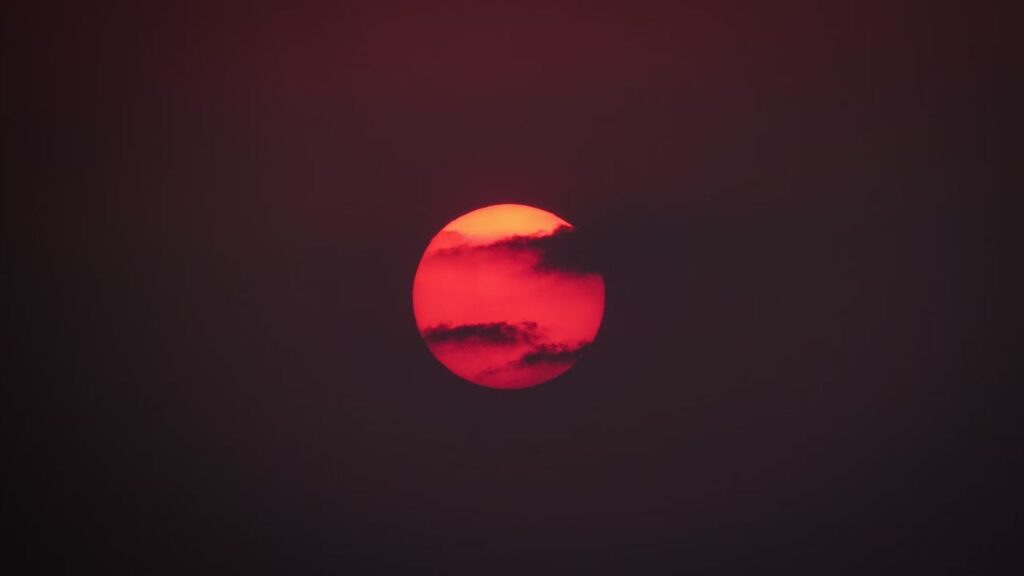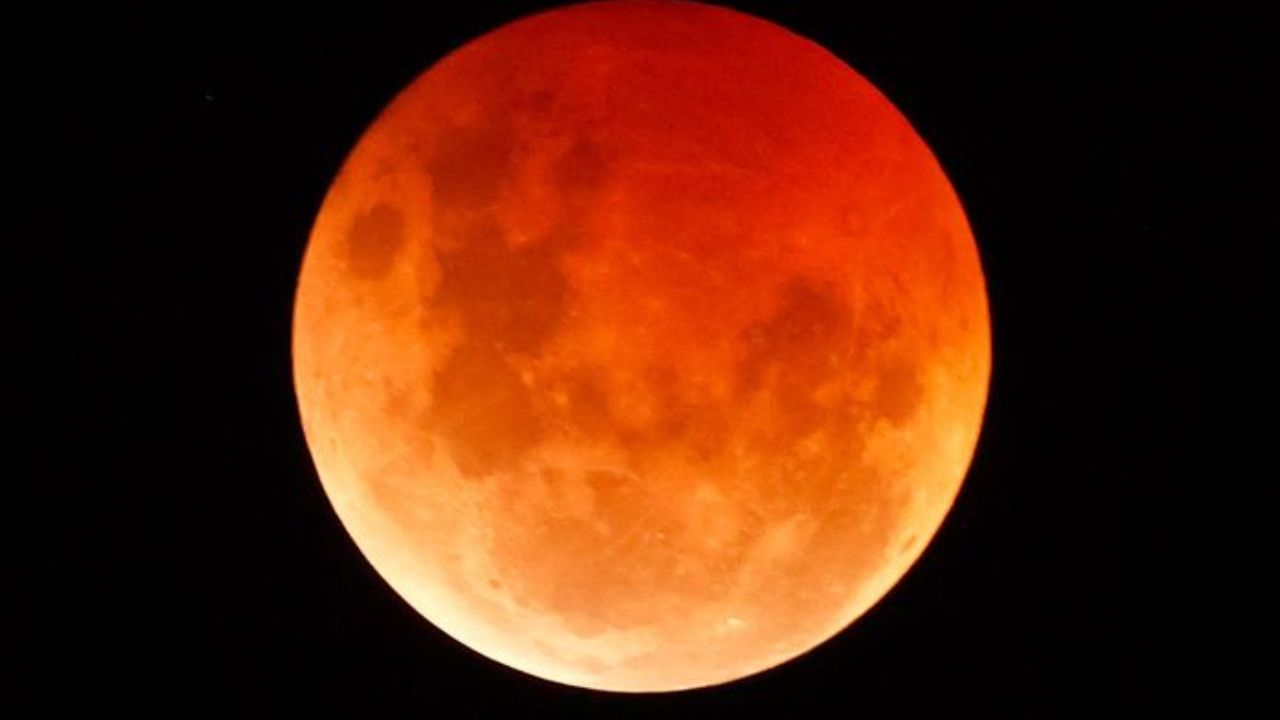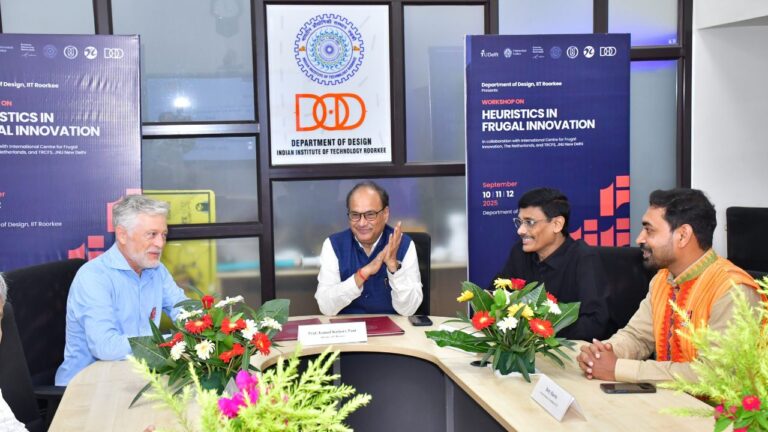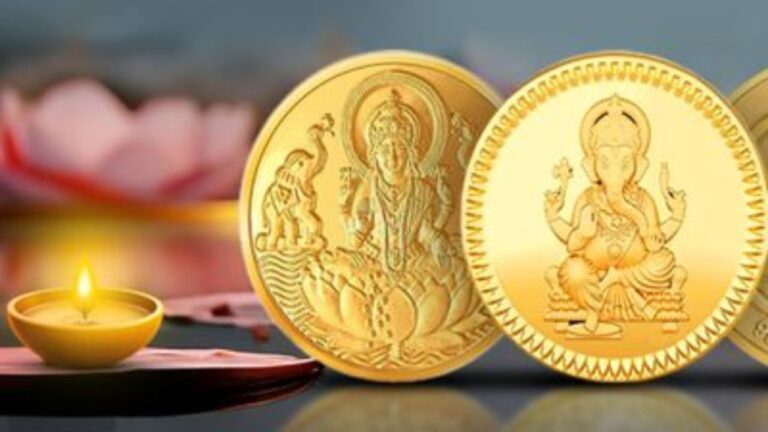
A Chandra Grahan, or lunar eclipse, occurs when the Earth comes between the Sun and the Moon, casting its shadow on the Moon.
Table of Contents
Chandra Grahan 2025: If you’re fascinated by celestial events or just curious about the universe, the Chandra Grahan 2025 is an event you can’t miss. In India, sky-watchers and astronomy enthusiasts are already searching for detailed information about this spectacular phenomenon. In this article, we will explain everything you need to know about the Chandra Grahan (Lunar Eclipse) happening in 2025, including its date, time, significance, and tips for watching it.
What is Chandra Grahan (Lunar Eclipse)?
A Chandra Grahan, or lunar eclipse, occurs when the Earth comes between the Sun and the Moon, casting its shadow on the Moon. There are three types of lunar eclipses: penumbral, partial, and total.
- Penumbral Lunar Eclipse – the Moon passes through Earth’s penumbral shadow.
- Partial Lunar Eclipse – a part of the Moon is obscured.
- Total Lunar Eclipse – the entire Moon passes through Earth’s umbral shadow, creating a spectacular “Blood Moon.”
The most visually striking is the Total Lunar Eclipse, where the Moon takes on a reddish hue and is often called the “Blood Moon.”
Chandra Grahan 2025 Date and Time
According to the latest data from astronomical sources, A total lunar eclipse, commonly known as Chandra Grahan, is scheduled to occur on the night of September 7, 2025, transitioning into the early hours of September 8, 2025. This event will be visible across most parts of India.
Eclipse Timings (IST)
- Penumbral Eclipse Begins: 8:58 PM IST
- Partial Eclipse Begins: 9:58 PM IST
- Total Eclipse Begins: 11:00 PM IST
- Maximum Eclipse: 11:42 PM IST
- Total Eclipse Ends: 12:22 AM IST (September 8)
- Partial Eclipse Ends: 1:26 AM IST (September 8)
- Penumbral Eclipse Ends: 2:25 AM IST (September 8)
The total duration of the eclipse will be approximately 3 hours and 28 minutes, with the total phase lasting about 82 minutes

Why Is Chandra Grahan Important?
Apart from being a visually stunning event, Chandra Grahan has cultural and scientific importance:
- Cultural Significance: In India, lunar eclipses are often associated with various myths and religious practices. Many people prefer to stay indoors during the eclipse, and rituals are performed before and after the event.
- Scientific Importance: Scientists study lunar eclipses to better understand the Earth’s atmosphere. The red hue of the moon during a total eclipse happens because Earth’s atmosphere scatters shorter blue wavelengths of light and allows the longer red wavelengths to pass through.
Chandra Grahan 2025 Astrological Significance
The Chandra Grahan will occur in the Aquarius zodiac sign, under the Purva Bhadrapada Nakshatra. According to astrology experts, this eclipse may impact zodiac signs as follows:
- Positive Effects: Aries, Taurus, Libra
- Challenging Periods: Cancer, Leo, Scorpio
Many people observe religious rituals and avoid certain activities during the Sutak Period for spiritual reasons. The Sutak Period, considered an inauspicious time, begins at 12:59 PM IST on September 7, 2025, and continues until the eclipse ends on the early morning of September 8, 2025.
During this time, many follow traditional practices such as refraining from cooking, eating, and performing religious ceremonies, believing that these actions help maintain spiritual purity and protect from negative energies associated with the lunar eclipse.
How to Watch Chandra Grahan 2025
- Location: The eclipse will be visible across most of India, including major cities like Delhi, Mumbai, Kolkata, Bengaluru, and Gurugram. Choose a location with minimal light pollution, preferably away from city centers, for the best view.
- Equipment: While the eclipse is visible to the naked eye, using binoculars or a telescope can greatly enhance your experience.
- Timing: Start observing from 8:58 PM IST to enjoy every phase of this celestial event.
- Photography Tips: If you’re interested in photographing the eclipse, use a camera with manual settings and a tripod. Set your ISO around 400-800 and aperture between f/8 and f/11.
Interesting Facts About Chandra Grahan
- The term “Blood Moon” refers to the reddish appearance of the moon during a total eclipse.
- Unlike solar eclipses, lunar eclipses are safe to view with the naked eye.
- Lunar eclipses occur at least twice a year, but are not always visible from every region.
Many myths surround Chandra Grahan, especially in Indian culture. For example, it is often believed that pregnant women should avoid going outside during an eclipse. While these practices are rooted in tradition, scientifically, there is no evidence that an eclipse has any harmful effects on human health.
The Chandra Grahan 2025 is not only a spectacular visual event but also an excellent opportunity to learn more about our universe. Mark your calendar for September 7, 2025, and prepare for a breathtaking experience. Whether you’re an astronomy enthusiast or simply curious, witnessing the “Blood Moon” will be an unforgettable event.
FAQs
When is Chandra Grahan 2025 visible in India?
Chandra Grahan 2025 will be visible in India on the night of September 7, transitioning into September 8, with the total eclipse peaking at 11:42 PM IST.
What is the Sutak Period during Chandra Grahan 2025?
The Sutak Period starts at 12:59 PM IST on September 7, 2025, and lasts until the eclipse ends, during which many people follow traditional practices to maintain spiritual purity.
Is it safe to view Chandra Grahan 2025 with the naked eye?
Yes, unlike solar eclipses, lunar eclipses are completely safe to observe directly with the naked eye without any special protection.
Why does the Moon appear red during the total lunar eclipse?
The Moon appears red due to Earth’s atmosphere filtering out shorter blue light and allowing longer red wavelengths to pass through, creating the “Blood Moon” effect.
How long will the total phase of Chandra Grahan 2025 last?
The total phase of the Chandra Grahan 2025 will last approximately 82 minutes, offering a spectacular view for sky-watchers across India.




